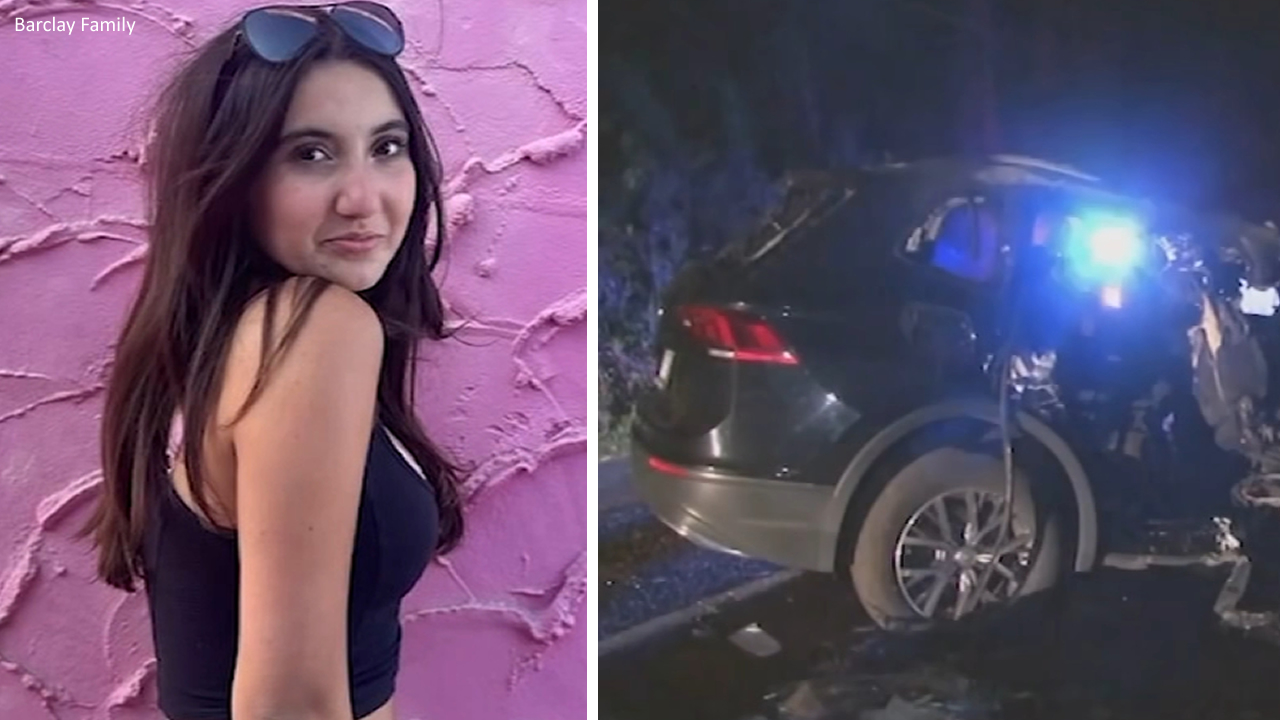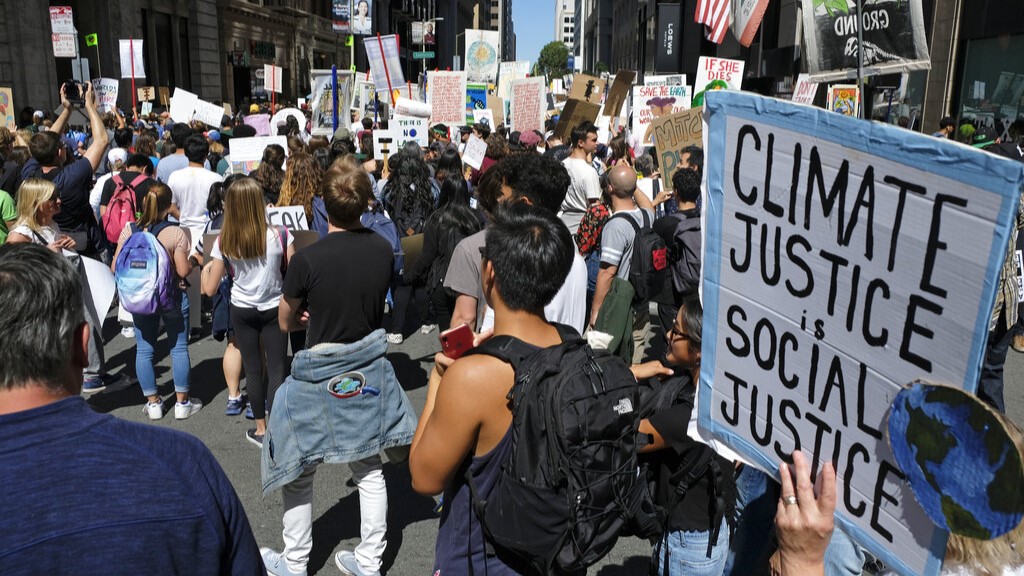'We're in another wave': Wastewater data shows how fast COVID is spreading across Bay Area

SAN FRANCISCO (KGO) -- As COVID-19 infections grow across the state all eyes are on our wastewater. For the past four weeks, COVID levels have been increasing.
"The concentrations right now are similar to what they were during the delta surge back in the summer of 2021," said Prof. Alexandria Boehm, Civil and Environmental Engineering at Stanford University.
We went inside Stanford's environmental engineering lab to see firsthand how wastewater samples are processed everyday.
"Here is a wastewater sample where you have the solids in the wastewater that have been settled," described Suzy Kim, PhD student at Stanford University.
RELATED: US in 'a different moment' but COVID-19 pandemic not over, Dr. Fauci says
Professor Boehm and her network are relying on a commercial lab to detect where the most infections are coming from.
"We look at waste water from about 11 different waste wastewater treatment plants around the greater Bay Area from Sacramento to Yolo, San Francisco and Santa Clara County and San Mateo County," said Professor Boehm.
Luz Pena: "Out of all those how many are experiencing high levels of COVID?"
Professor Boehm: "Almost all them we are seeing high levels."
VIDEO: 7 Bay Area counties in CA's COVID red zone facing high levels of community transmission

Berkeley infectious diseases professor Emeritus John Swartzberg says new waves tend to happen every 4-6 months.
"By every metric we are using it is pretty clear that right now we are in another wave of the pandemic," said Prof. Swartzberg and added, "This one looks more like a hill. It's sort of gradually going up and up over the last several weeks. What we don't know is it going to continue to go up?"
The latest wastewater data shows how fast this new wave is going.
"At a slow rate maybe doubling every four weeks," said Prof. Boehm.
RELATED: Expert describes pace of BA.2 COVID cases across Bay Area: 'doubling over two weeks'

As more people are testing at home wastewater is crucial to detect new variants.
Prof. Boehm said her team just detected the latest subvariant of omicron believed to be more transmissible than BA.2.
"The wastewater data does tell us that BA.2 is the variant that is circulating. There is basically no more BA.1. It's all BA.2. The wastewater is also telling us that we do have BA.2.12.1 which is the newer variant that is causing a lot of cases in the East Coast and we have that in the Bay Area," said Prof. Boehm.
What's giving medical experts hope is that despite this new wave hospitalizations are not increasing.
"This time we are starting in a position where our hospitalizations are essentially as low as they've ever been since the beginning of the pandemic. So we got a lot of flexibility and people don't have to worry there won't be a hospital bed or an ICU for them," said Prof. Swartzberg.
VACCINE TRACKER: How California is doing, when you can get a coronavirus vaccine
Having trouble loading the tracker above? Click here to open it in a new window.
RELATED STORIES & VIDEOS:
- Which Bay Area airports, public transportation still require masks? List here
- Never had COVID? Expert explains chances of getting it now
- California postpones COVID-19 vaccine mandate for schools until 2023
- Pfizer to seek COVID-19 booster for healthy 5- to 11-year-olds
- New studies shed light on how to treat BA.2 COVID variant, how long it survives on surfaces
- Map shows COVID-19 community levels in your area, where masks are recommended indoors
- Americans can now order another round of free at-home Covid-19 tests
- Coronavirus Timeline: Tracking major moments of COVID-19 pandemic in San Francisco Bay Area
- California drops indoor mask mandate: What to know, what's different in the Bay Area
- Here's how to take a rapid COVID-19 test accurately at home
- Data tracker: Coronavirus cases, deaths, hospitalizations in every Bay Area county
- Get the latest updates on California EDD, stimulus checks, unemployment benefits











